The New Testament never records Jesus visiting Tiberias. However a number of His followers came from there (John 6:23). Today, most of His followers go there to sleep in hotels.
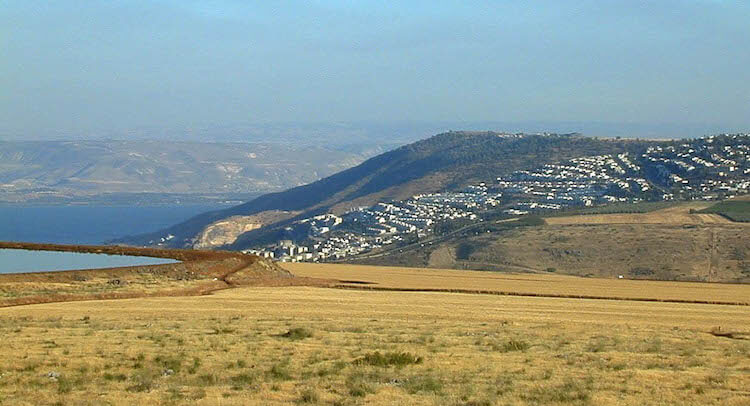
(Photo: Modern Tiberias. Courtesy of the Pictorial Library of Bible Lands)
Mentioned only once in the Bible, the city of Tiberias rested along the western shore of the Sea of Galilee (John 6:23). For this reason the lake sometimes has been called the “Sea of Tiberias” (John 6:1; 21:1). Although Christ may never have passed through Tiberias, He would have seen it many times from the lake.
For most Christians who visit Tiberias today, the city serves as little more than a place to sleep. Modern hotels cling to the northwestern shores of the Sea of Galilee.
But there is more to see in Tiberias today than hotels.
Tiberias, a City Rejected and Embraced
Herod Antipas founded the city of Tiberias as his new capital in AD 20, naming it in honor of his patron, the Emperor Tiberius Caesar. After the city builders unearthed a cemetery in the construction process, Jews considered the city unclean and resisted living there.
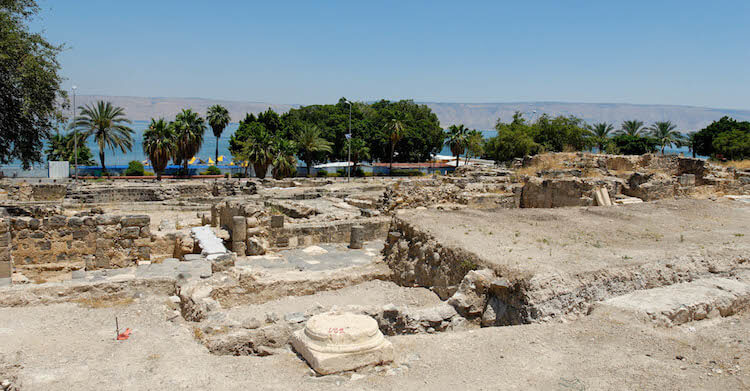
(Photo: Tiberias excavations. Courtesy of the Pictorial Library of Bible Lands)
Ironically, in the centuries that followed the destruction of the Jerusalem temple in AD 70, Tiberias became a central location for schools of rabbinic study.
- The Sanhedrin moved their headquarters to Tiberias.
- Here the Mishnah (Jewish oral tradition and interpretation of the Law) and the Talmud of the land of Israel (commentary on the Mishnah) were written.
- Every modern student of biblical Hebrew should say a prayer of thanksgiving for the Masoretes of Tiberias, who added vowel “pointings” to the Hebrew text, creating the “Masoretic Text.” This addition revealed the verbal pronunciation of the ancient language (written only with consonants) and made it much easier to read and study.

(Photo: The dots and dashes represent the vowel “pointings” in this Hebrew Text of Genesis 1)
Hammat Tiberias—Mosaics and Hot Springs
Hammat lay two miles south of ancient Tiberias and was originally considered a separate town. However after the destruction of the Temple in AD 70, Jews flooded this area and settled in Hammat, which eventually became part of Tiberias.
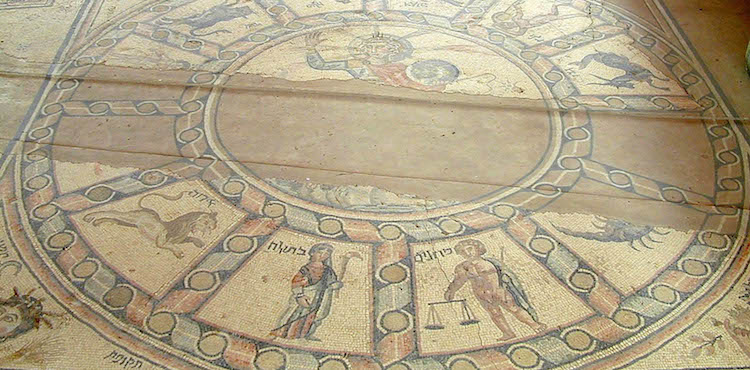
(Photo: Hammat Tiberias synagogue mosaic. Courtesy of the Pictorial Library of Bible Lands)
Inside the 3rd-4th-century synagogue, visitors today can see a remarkable mosaic floor:
- The Mosaic spreads three panels wide and features the four seasons combined with the Zodiac’s twelve signs.
- Other mosaic panels have Jewish images, including a Torah ark, two seven-branched menorahs, a shofar, a lulav, and an etrog.
Long admired for the medicinal value of its hot springs, Hammat drew visitors from far and wide beginning in the first century. A modern spa allows visitors to experience some of the same natural amenities even today.
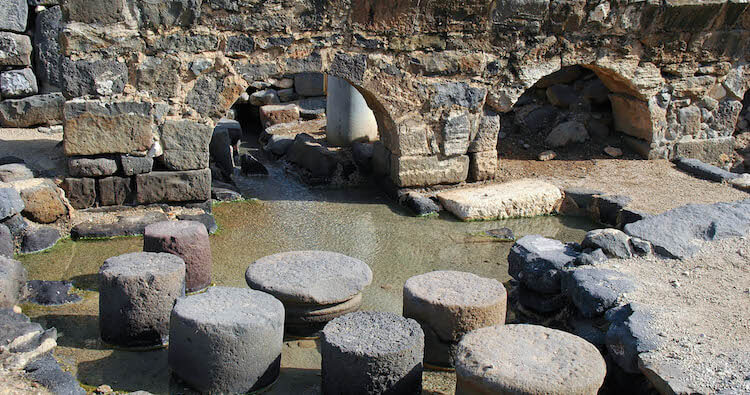
(Photo: Hammat Tiberias hot springs. Courtesy of the Pictorial Library of Bible Lands)
Tiberias Theater
Tiberias had a distinctly Gentile atmosphere, including a Roman Cardo and a theater for entertainment. The ruins of the theater lay across the street from the Sironit Beach.
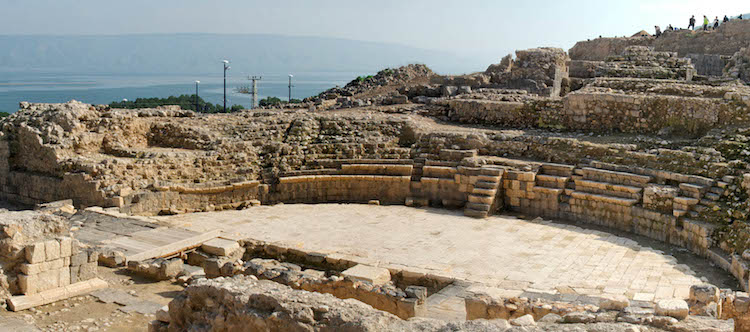
(Photo: Tiberias theater. Courtesy of the Pictorial Library of Bible Lands)
- Prior to the excavations, the theater was buried underground. Archaeology has discovered that the theater underwent three building phases between the 1st– and 4th-centuries.
- At one point the theater could hold an estimated 7,000 spectators.
- Numerous architectural fragments and ornate carvings were found there.
Tell me what you think: What else would you recommend to do in Tiberias? To leave a comment, just click here.
This post was adapted from Wayne Stiles, “Tiberias: A Place Rejected, Then Embraced,” Experience the Land and the Book: Insight for Living Ministries—2014 Israel Tour (Insight for Living Publishing House, 2014), 20. Also adapted from a book I wrote for the Israel Ministry of Tourism, 100 Off-The-Beaten-Path Sites. You can download a free copy.
